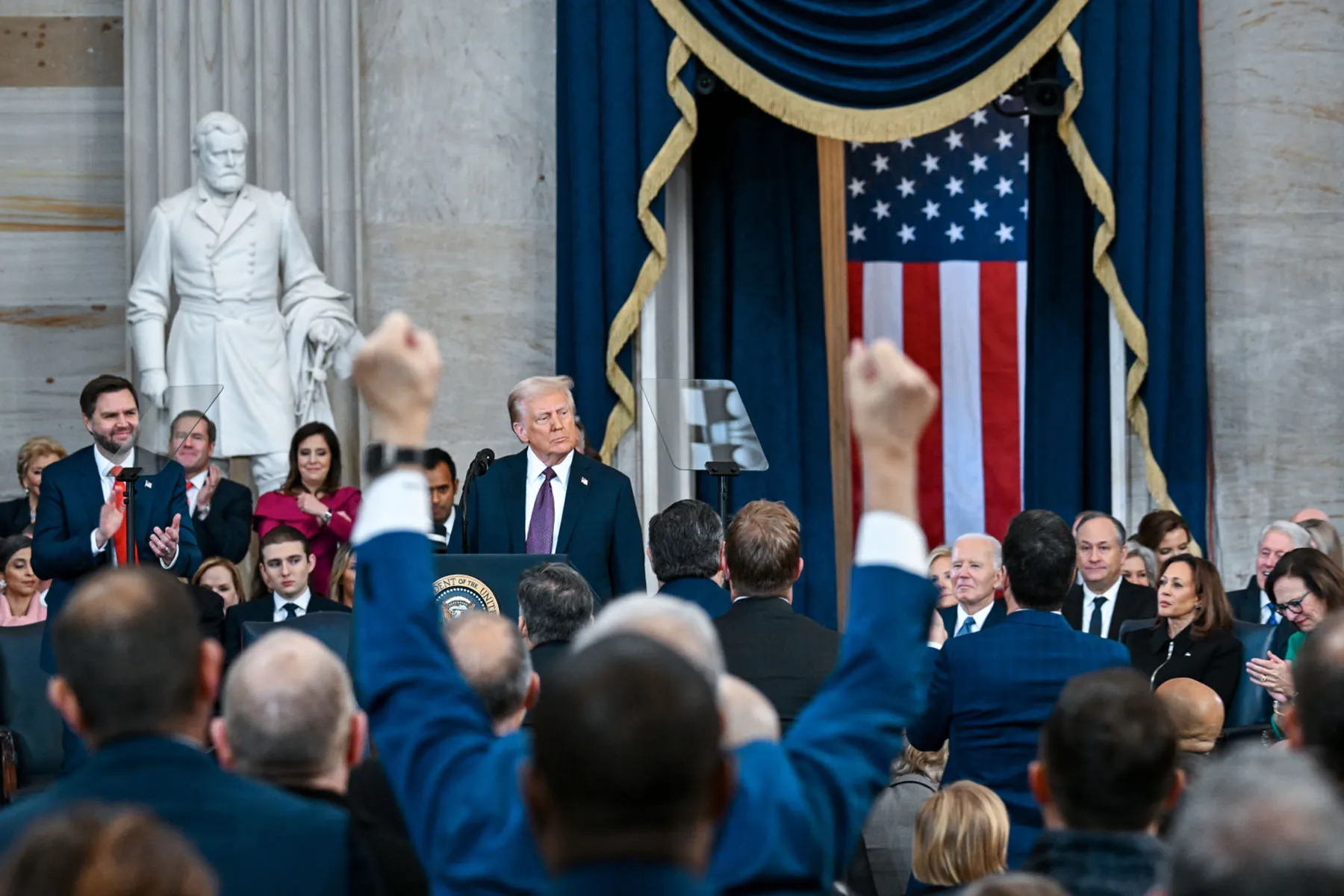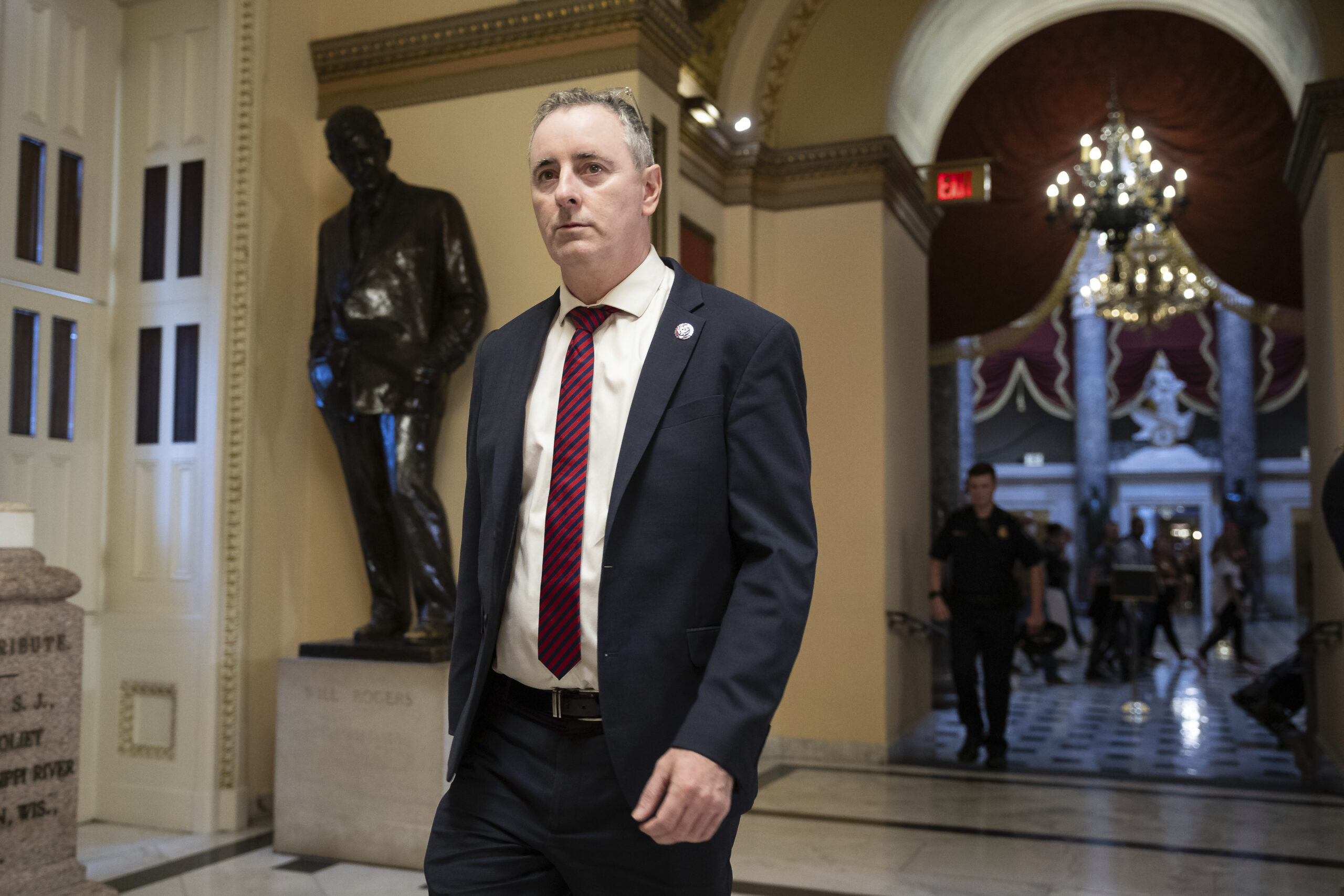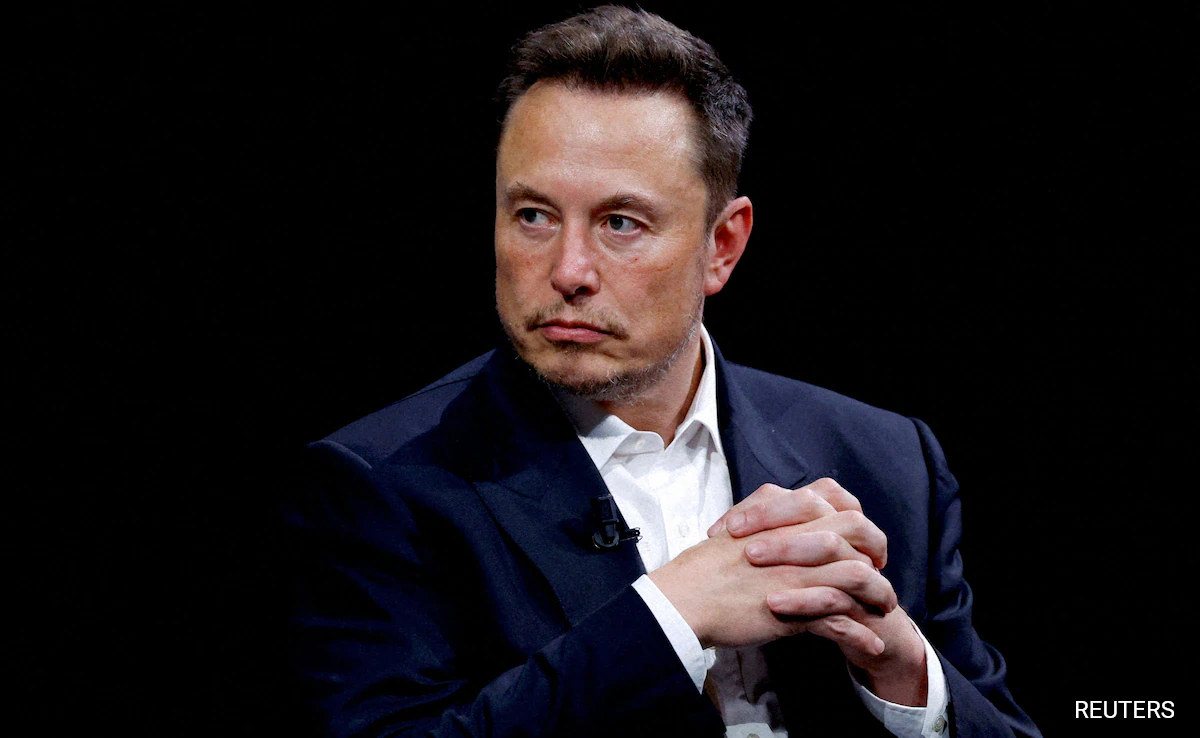Donald Trump marked a historic political comeback on January 20, 2025, becoming the 47th President of the United States, just four years after leaving Washington. He declared a new era of national success and vowed to issue sweeping executive orders aimed at reversing prior policies.
In his speech, Trump spoke of national revival and positioned himself as a unifier focused on preventing wars and ending conflicts. Central to his platform is a national emergency to deport millions of undocumented immigrants and a crackdown on illegal border crossings. He also proposed bold nationalist measures, including a new “external revenue service” for tariff management, ending an “electric vehicle mandate,” renaming the Gulf of Mexico, and reclaiming control of the Panama Canal.
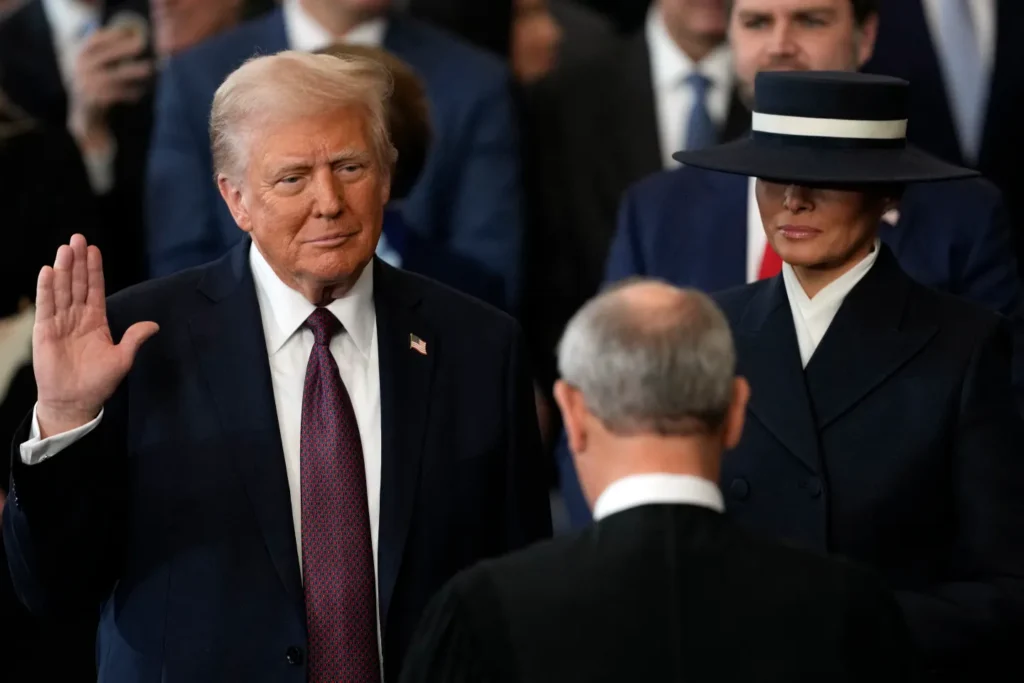
Unlike his 2017 inauguration speech highlighting “American carnage,” this speech emphasized optimism while reinforcing his nationalist agenda. Trump’s rhetoric energized his base, but his policies on immigration and social issues continued to polarize the nation.
Trump celebrated support from younger Black and Hispanic voters, crediting them for his victory. However, he maintained his opposition to diversity and inclusion initiatives, drawing criticism from civil rights advocates. He reiterated policies asserting binary gender distinctions and opposing Critical Race Theory.
Outgoing President Joe Biden issued preemptive pardons to allies, including Anthony Fauci and Mark Milley, reflecting his concerns about potential reprisals. Biden, who left office with a historically low approval rating, also pardoned family members. Public reports indicate bitterness toward Democratic leaders who influenced his decision to exit the 2024 race.
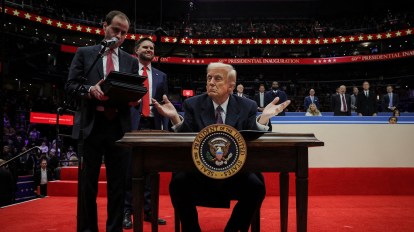
Trump’s inauguration saw notable figures such as Elon Musk, Jeff Bezos, and Mark Zuckerberg in attendance, symbolizing the influence he wields even over former critics. Former Vice President Mike Pence’s appearance underscored the former president’s dominance, despite past conflicts. Steve Bannon remarked that their presence reflected Trump’s powerful movement.
Protests against Trump’s second term were significantly smaller than in 2017. Progressive groups remain divided on their approach to his administration, highlighting evolving political dynamics as Trump begins his presidency with legislative momentum and divided opposition.
Trump’s return to power signals a transformative period in American politics marked by strong nationalist policies, a reshaped coalition, and uncertain Democratic strategies. His ability to capitalize on early successes will determine the long-term impact of his renewed presidency.


